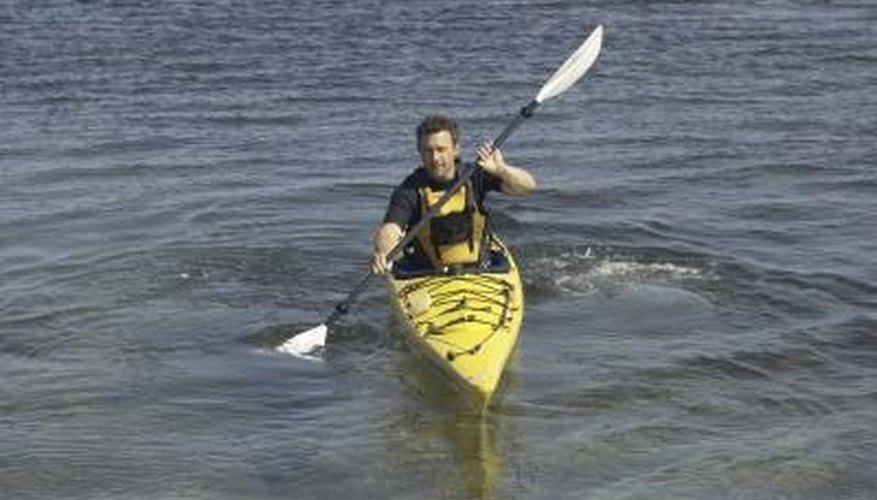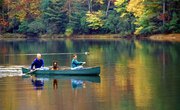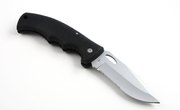
"Tracking" in the kayaking world refers to the control and steering of the boat, often making sure it remains bow-forward and in a straight line. Tracking also refers to the ease of a kayak's turns. Many factors contribute to make tracking harder than it appears. Wind, waves, currents and improper paddle sizes all conspire to keep the kayak and paddler from tracking properly. Tracking skills require practice and repetition.
Items you will need
Paddle
Personal flotation device
Skeg or rudder
Use a shorter paddle. Most kayakers new to the sport fall prey to the long-paddle trap. As a general rule, a shorter paddle is easier to use as a rudder and tracking tool. Unless your kayak is over 25 inches in beam (width) go with a paddle length of 210 cm to 220 cm in length.
Use a rudder or skeg during crosswinds or beam seas. Beam seas are when the waves are coming to the side of the kayak, a difficult situation to make the kayak track straight. Alternate the rudder or skeg with the paddle stroke. For example, if the waves are coming from the right, push the right rudder pedal and paddle on the left. This corrects the kayak's natural tendency to push the bow out from the wave.
Deploy the skeg or rudder when winds are pushing the kayak from the rear. Tail winds push the kayak around, making it hard to track and stay in a straight line. Push the rudder slightly to the opposite side the kayak is being blown. Use slight paddle strokes opposite the rudder to maintain an even track on the water.
Paddle without the rudder or skeg deployed when the waters are calm and there is no wind. Use this time to practice tracking the kayak with the paddle blades. Make a forward stroke and, on the opposite side, bring the paddle blade parallel to the kayak and insert it into the water. Turn the paddle shaft slightly left or right to track the kayak.
Twist your torso and lean in toward the tracking turn. Using body English and the paddle blade together is an effective method of improving the kayak's tracking. Do not lean too far over, as this leads to unwanted wet exits. As a rule, lean so the hull is one-third on its side to the water.
Tips
- Skegs operate like rudders, but retract and deploy under the kayak as opposed to deploying from the top.
References
Tips
- Skegs operate like rudders, but retract and deploy under the kayak as opposed to deploying from the top.
Writer Bio
A former Alaskan of 20 years, Eric Cedric now resides in California. He's published in "Outside" and "Backpacker" and has written a book on life in small-town Alaska, "North by Southeast." Cedric was a professional mountain guide and backcountry expedition leader for 18 years. He worked in Russia, Iceland, Greece, Turkey and Belize. Cedric attended Syracuse University and is a private pilot.



